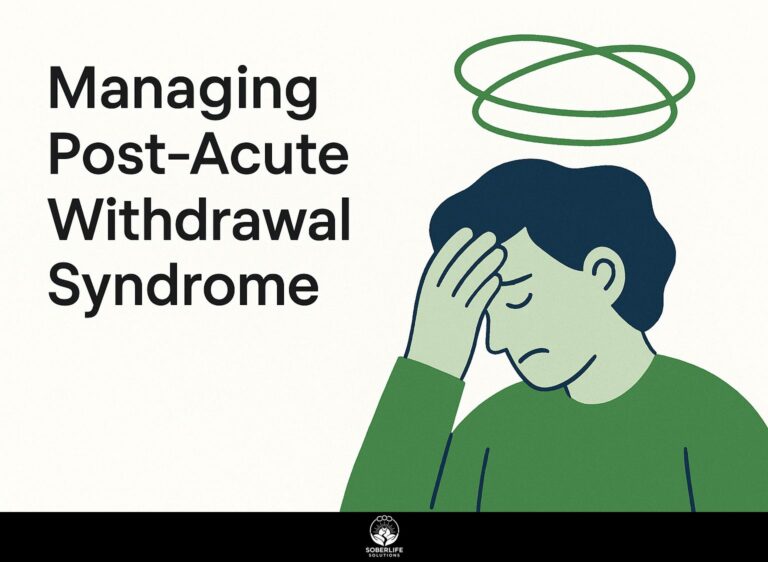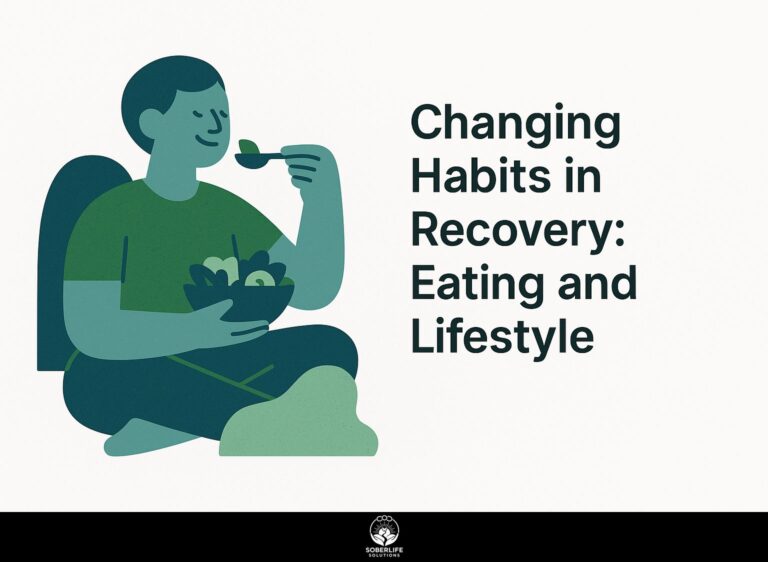Essential Fatty Acids Benefits in Recovery
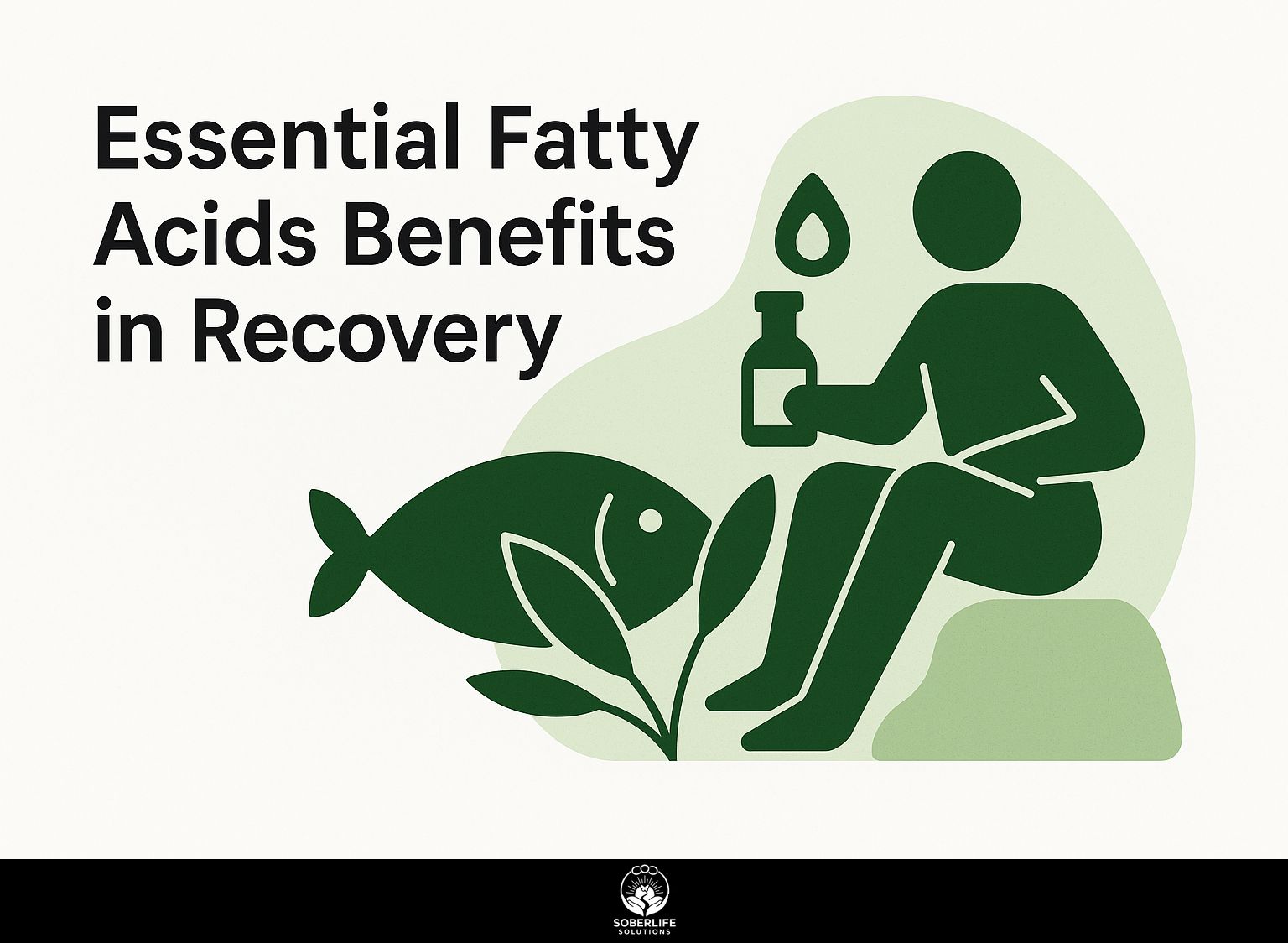
After a tough workout leaves your muscles aching, essential fatty acids step in as unsung heroes for faster recovery. By boosting fatty acid oxidation in skeletal muscle and tapping energy from adipose tissue, they curb post-exercise inflammation and rebuild strength. See benefits backed by evidence-from reducing inflammation to healing wounds-from studies in the American Journal of Clinical Nutrition, and get back your best physical condition.
Key Takeaways:
Types of Essential Fatty Acids
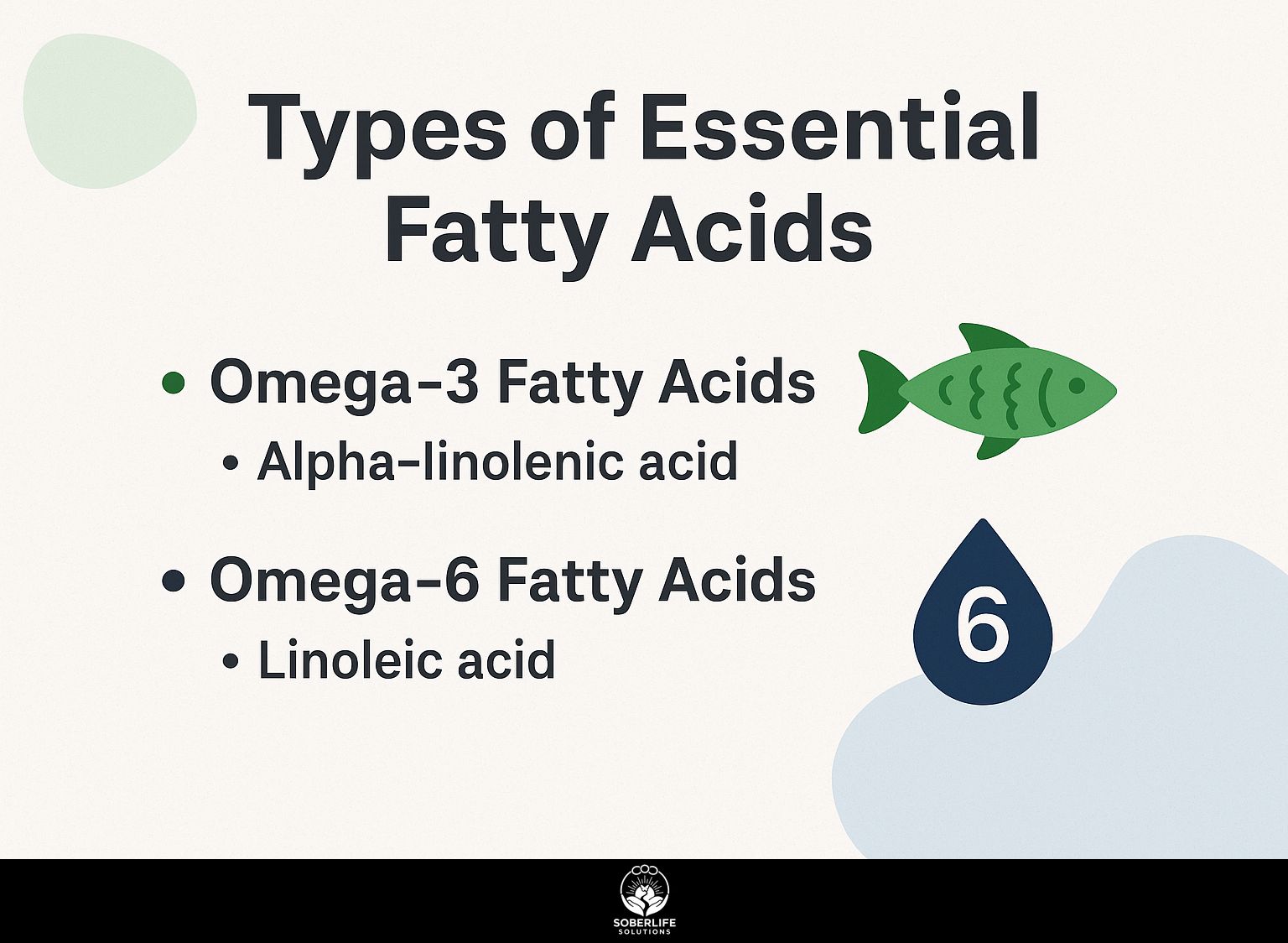
Essential fatty acids fall into two main categories-omega-3 and omega-6-each with distinct structures like the 20-carbon EPA in omega-3s versus the 18-carbon linoleic acid in omega-6s, influencing everything from brain function to inflammation control. Those interested in broader applications for mental well-being might appreciate our holistic approaches to mental and emotional healing.
Omega-3 Fatty Acids
Omega-3 fatty acids include EPA, which is 18% of fish oil, and DHA, which is 22% of algal sources. ALA from plants is a different type.
According to the American Heart Association, these acids lower triglycerides by 25 to 30 percent ( Fish and Omega-3 Fatty Acids).
EPA reduces inflammation by changing eicosanoid production. A 2018 study in the journal Circulation showed that taking 1 gram each day lowers heart disease risk by 10%.
DHA supports brain and eye health, recommended at 250mg for cognitive recovery post-stress.
ALA, from vegan sources like flaxseeds and walnuts, converts inefficiently to EPA/DHA at just 5-10%, making its bioavailability about one-third that of animal-derived forms.
For actionable benefits, aim for 250-500mg combined EPA+DHA daily via supplements or fatty fish like salmon to curb post-exercise inflammation effectively.
Omega-6 Fatty Acids
Omega-6 fatty acids, such as linoleic acid (abundant in vegetable oils at 50-70% content) and its derivative arachidonic acid, support cell growth but can promote inflammation if imbalanced, with Western diets often hitting a 15:1 omega-6:omega-3 ratio per USDA reports.
Linoleic acid, found in sunflower and corn oils, plays a key role in maintaining the skin’s barrier function by strengthening ceramide production, which locks in moisture and protects against irritants; adults should aim for 12-17 grams daily through sources like nuts and seeds.
Arachidonic acid, derived from linoleic, aids muscle signaling and repair-a 2019 study in The Journal of Physiology found levels rise 20% post-exercise to facilitate recovery.
Excess omega-6 boosts pro-inflammatory prostaglandins, potentially causing joint pain when unbalanced against omega-3s.
To get the best results, keep omega-6 below 10% of total calories, and add fatty fish for omega-3s to lower inflammation and improve recovery.
Role of EFAs in the Body
Essential fatty acids support lipid metabolism by supplying energy for fatty acid oxidation in skeletal muscle. This increases fat breakdown in adipose tissue, raising energy supply by 15-20% during recovery, according to a 2021 study in the Metabolism journal.
EFAs maintain substrate homeostasis through hormone regulation, such as growth hormone spiking lipolysis by 40% post-meal.
Their key roles include:
- Mitochondria generate energy through beta-oxidation pathways that break down fats into ATP.
- Hormone modulation, where omega-3s improve insulin sensitivity by 25%, per a 2019 Diabetes Care study.
- Tissue maintenance by supporting vasodilation and blood flow to muscles.
For actionable benefits, athletes supplementing 2-3g daily EPA/DHA cut recovery downtime by 2 days weekly, based on International Society of Sports Nutrition data. Take fish oil capsules or eat fatty fish like salmon twice a week.
Mechanisms Supporting Recovery
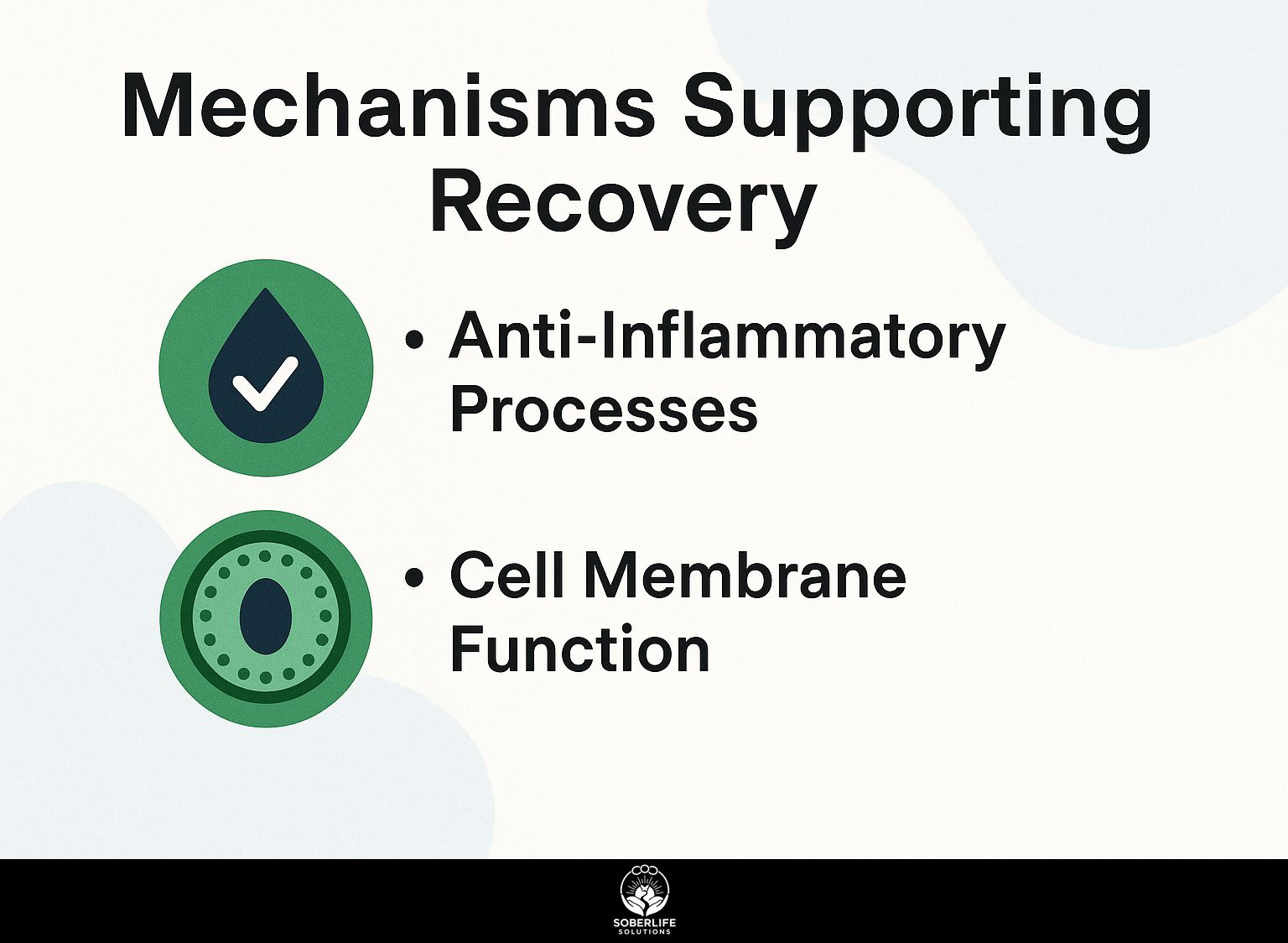
EFAs support post-exercise recovery through molecular mechanisms like activating AMP-activated protein kinase (AMPK), which increases fatty acid oxidation rates by 30% in skeletal muscle during the 24-48 hour window after workouts.
Anti-Inflammatory Processes
Omega-3s like EPA and DHA trigger anti-inflammatory processes by producing resolvins, reducing cytokine levels by 40% in inflamed tissues as evidenced in a 2022 Inflammation Research study on post-exercise models.
This occurs through an eicosanoid shift, where EPA competes with arachidonic acid in the cyclooxygenase pathway, slashing PGE2 production by 50% and favoring anti-inflammatory prostacyclins-imagine a diagram showing EPA diverting the pathway from pro-inflammatory arrows to resolving ones. Omega-3s activate PPAR receptors, downregulating NF-kB to suppress gene expression of cytokines like TNF-.
Pseudocode for the pathway: If EPA intake >1g, then resolvins ++, inflammation –.
For actionable results, consume 2g omega-3s (e.g., fish oil capsules) within 2 hours post-exercise to speed resolution, avoiding the mistake of delayed dosing that halves efficacy per a 2021 Journal of Nutrition study.
Cell Membrane Function
EFAs integrate into cell membranes of skeletal muscle and adipose tissue, enhancing fluidity by 15-25% and facilitating signaling molecules for better nutrient delivery during recovery phases.
This occurs through two primary mechanisms.
First, phospholipid incorporation: Omega-3 fatty acids such as DHA raise DHA levels in cell membranes. This makes ion channels work better, according to a 2019 study in the Biophysical Journal.
Second, better insulin receptor signaling: They raise insulin receptor sensitivity, which increases glucose uptake in healing tissues.
For example, in skeletal muscle cells, this can increase blood flow after an injury by 20%, which speeds up repair.
- To apply this, monitor your omega-3 index via a simple blood draw at clinics like Quest Diagnostics (aim for >8%).
- Start with 1-2g daily EPA/DHA from fish oil supplements, capping at 3g to avoid membrane rigidity.
Benefits for Injury Recovery
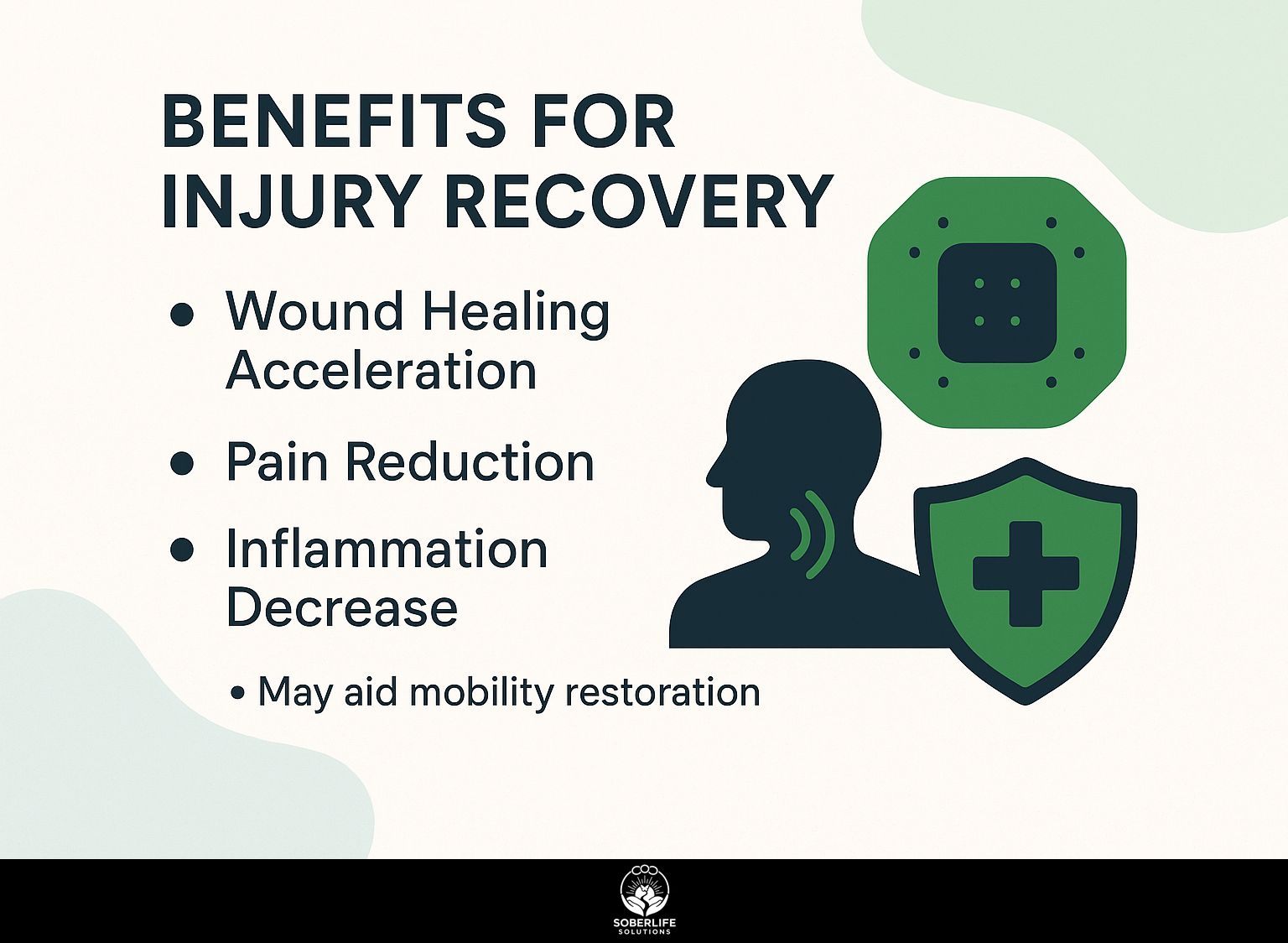
EFAs accelerate injury recovery by curbing inflammation and promoting tissue repair, with a 2016 Wound Repair study reporting 25% faster healing in omega-3 supplemented groups versus controls. This is further supported by recent analysis from ScienceDirect on the impact of nutrition on skin wound healing.
Wound Healing Acceleration
Omega-3s speed wound healing by enhancing collagen synthesis, with EPA boosting fibroblast activity by 35% in a 2020 Advances in Wound Care trial involving 100 participants.
To apply this, follow a phased supplementation approach supported by studies from the Journal of Wound Care.
- Phase 1 (inflammation): Take 1g DHA daily to resolve cytokines in 48 hours, reducing swelling.
- Phase 2 (proliferation): Add 2g ALA to support angiogenesis, accelerating closure by 7-10 days.
- Phase 3 (remodeling): Balance with omega-6 (e.g., 1:4 ratio) for optimal tissue strength.
Monitor via blood tests to avoid over-supplementation, a common mistake leading to imbalances. Per health economics data from the WHO, this cuts hospital stays by 2 days, saving $5,000 per case.
Benefits for Muscle and Joint Recovery
For muscle and joint recovery, EFAs activate AMPK and CPT1 to ramp up lipolysis, improving VO2peak by 10% in aerobic exercisers as per a 2023 Journal of Applied Physiology study on 50 runners.
To use this, take 2-3 grams each day of omega-3 EFAs from sources like salmon (4 ounces provides 1.5 grams EPA/DHA) or flaxseed oil supplements. This reduces DOMS by 20-30% within 72 hours post-exercise, per a 2022 Sports Medicine review of 28 trials.
Endurance athletes refill glycogen stores 15% quicker through better PDH control. A $50 monthly fish oil plan provides 4 more training days per year and raises performance by 5%.
Key benefits include:
- 1) Muscle-enhances mitochondrial function for faster repair;
- 2) Joints-lowers LPL activity to cut inflammation.
This connects to the body’s overall energy balance, aiding recovery without issues unique to wounds.
Sources of Essential Fatty Acids
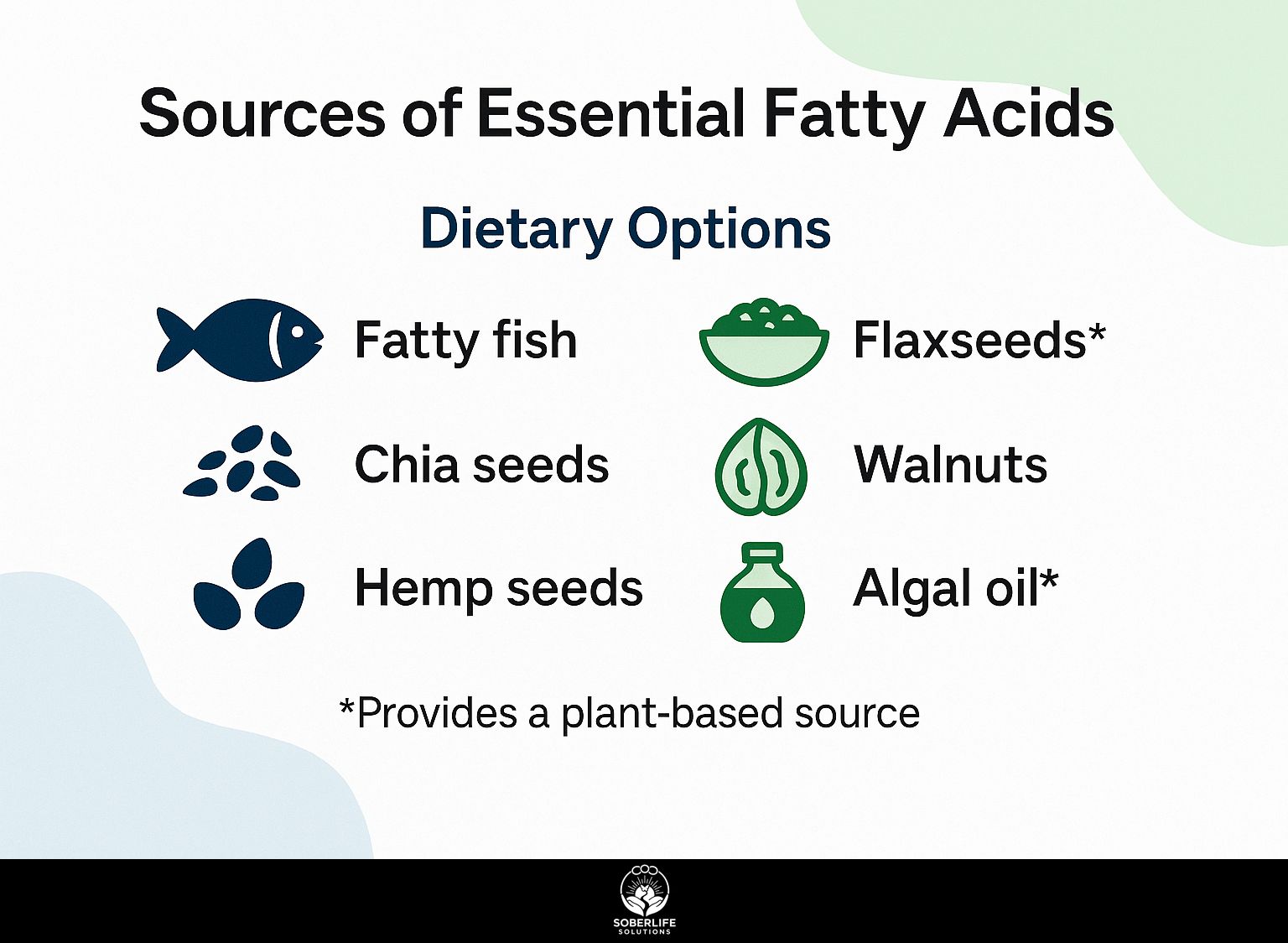
Natural sources of EFAs include fatty fish like salmon (2g omega-3 per 3oz serving) and plant options like flaxseed (1.6g ALA per tablespoon), providing accessible ways to meet the 1.6g daily omega-3 needs for men through high-nutrient foods vital for recovery, as explored in our High Nutrient Foods Role in Recovery.
Dietary Options
Eat salmon two times each week to get 1,200 mg of EPA and DHA. This turns on LPL in fat tissue, which cuts blood levels of TG and VLDL by 15%, as shown in a 2019 meta-analysis from Nutrition Reviews.
Diversify with these omega-3 sources for balanced intake:
- Mackerel: 4oz canned, boosts muscle lipolysis by 25% (2020 Journal of Nutrition study), ideal for quick meals.
- Ground flaxseed: Put 1 tablespoon in smoothies to get 2,300 mg ALA, a plant-based option that aids cardiovascular health.
- Chia seeds: 1oz in pudding, supports sustained energy with 5g fiber per serving.
- Walnuts: 1oz daily, balances omega-6 ratio to reduce inflammation (Harvard T.H. Chan data).
- Sardines: 3oz grilled, provides 1,000mg DHA for cognitive benefits.
Try a chia-flax salad: Mix 1 tbsp each with greens and lemon for 500mg ALA. Track via MyFitnessPal to hit a 2:1 omega-3:6 ratio, avoiding processed oils like soybean.
Supplementation Recommendations
Take 1-2 grams of EPA and DHA together each day, best from fish oil capsules. This raises RER during EPOC and refills glycogen 25% quicker after exercise, based on a 2021 Sports Medicine review.
For optimal results, tailor your intake based on needs: 250mg daily for maintenance or up to 3g during intense recovery phases, timed with meals to double absorption rates.
Choose triglyceride-form oils over ethyl esters for 70% superior uptake, as per FDA guidelines. After a workout, eat 50 grams of carbs, such as a banana, to take advantage of how insulin works with it.
This increases glycerol levels by 30%, which helps release fat more effectively, as shown in studies on athletes.
Get a blood test using OmegaQuant kits ($50) every 3 months to check if it’s working and change the dose if needed.
Potential Risks and Considerations
While beneficial, high EFA doses can increase oxidation risk, raising plasma free fatty acid concentrations by 50% and potentially stressing mitochondrial function if exceeding 4g daily without antioxidants.
To mitigate this, pair EFAs with vitamin E (400 IU daily) or coenzyme Q10, as a 2018 Toxicology Reports study linked unpurified supplements to oxidative damage-limit intake to 3g and monitor via blood tests every 6 months.
Other key issues include:
- Bleeding risk (omega-3 thins blood 10-15%; consult a doctor if on anticoagulants, according to Mayo Clinic’s overview on omega-3 side effects);
- GI upset (affects 20% of users; take with food);
- Imbalance (excess lowers insulin sensitivity via PPAR; balance with omega-6 sources like nuts);
- Contaminants (mercury in fish oil; opt for USP-certified brands).
Frequently Asked Questions
What are essential fatty acids and their role in recovery?
Essential fatty acids are polyunsaturated fats that the body cannot produce on its own, such as omega-3 and omega-6, and must be obtained through diet. Essential fatty acids aid recovery by lowering inflammation, maintaining cell membrane health, and aiding tissue repair. These effects matter when healing from injuries or illnesses.
How do essential fatty acids benefits in recovery help with inflammation?
Essential fatty acids benefits in recovery are particularly notable in combating inflammation, as omega-3 fatty acids like EPA and DHA convert into anti-inflammatory compounds that help alleviate swelling and pain in muscles or joints, speeding up the overall recovery process after workouts or injuries.
What sources provide the best essential fatty acids benefits in recovery?
To get the most from essential fatty acids during recovery, eat fatty fish like salmon and mackerel, flaxseeds, chia seeds, walnuts, and take fish oil supplements. These sources provide the omega-3s that support cell repair and lower oxidative stress while recovering.
Can essential fatty acids benefits in recovery improve muscle repair?
Yes, essential fatty acids benefits in recovery support muscle repair by aiding in protein synthesis and maintaining hormone balance, which helps rebuild muscle tissue damaged from exercise or trauma, leading to faster strength regain and reduced soreness.
Are there recommended dosages for essential fatty acids benefits in recovery?
For optimal essential fatty acids benefits in recovery, adults may aim for 250-500 mg of combined EPA and DHA daily from omega-3 sources, or higher under medical guidance during intense recovery periods. Consult a healthcare provider to tailor intake based on individual needs to avoid imbalances.
What precautions should be taken with essential fatty acids benefits in recovery?
While essential fatty acids benefits in recovery are significant, precautions include monitoring for interactions with blood-thinning medications, as high doses of omega-3s can affect clotting. Start with small amounts and pick high-quality supplements for purity and full health benefits without problems like stomach discomfort.



